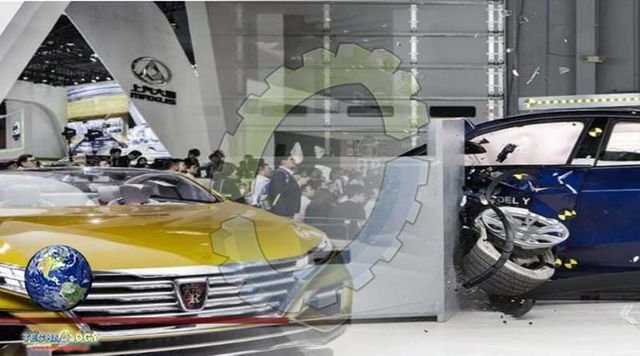No matter how modern, high-tech, and beautiful a car is, its main advantage lies in safety. Safety is one of the most important criteria, which is why consumers choose Tesla. The manufacturer produces exceptional vehicles as safety is its top design priority.

Not all cars are equally equipped with various security systems, so if you are looking for a truly safe car, you should pay special attention to Tesla cars. Unlike other manufacturers, a full range of safety features come standard on every company vehicle. In its 2021 Impact Report, Tesla emphasized that, when it designs cars, the first thing they want to do is ensure safety.in addition to designing and manufacturing vehicles with the highest levels of real safety, Tesla also works to help its customers drive as safely as possible. Through its Tesla Insurance program, the company does this by providing customers with real-time feedback and encouraging safer driving, such as lowering monthly insurance premiums.
Customers who choose to participate in this program receive a beta security assessment. This score changes with driving style, and the insurance premium changes with it. Instead of determining driver insurance premiums based on demographic information (gender, age, education, or marital status) and financial history (credit score), the manufacturer’s algorithm calculates a Safety ScoreBeta based on the driver’s actual behavior.
Tesla’s Exceptional Vehicles commitment to safety is the reason why all the manufacturer’s vehicles launched since October 2016 come with a suite of external cameras, additional sensors, and onboard computing that enable advanced safety features like Automatic Emergency Braking, Lane Departure Warning, Forward and Side Collision Warning, Obstacle-Aware Acceleration, blind spot warnings and more all of which continue to improve over time through software updates. The company recently introduced active safety features that go beyond the norm.
Exceptional Vehicles When a driver doesn’t notice a red light or a stop sign , Tesla cars will notice that vehicle’s speed is too high. Thanks to its eight-camera system, each vehicle can recognize a traffic light that is specific to the vehicle’s trajectory as well as a stop sign. A loud warning is triggered to alert the driver.
Pressing the accelerator pedal when the circumstances indicate the driver should be pressing the brake instead, like when pulling into a parking space, is relatively common no matter what vehicle a person is in. However, if a driver is in a Tesla, when its cameras recognize an object in front of the car, “Pedal Misapplication Mitigation” system cuts torque from the electric motor to prevent a collision if a person happens to press hard on the accelerator. Tesla states this technology has prevented or mitigated hundreds of collisions every month. If a driver is changing into a lane while a vehicle in the blind spot is entering the same lane, or if a Tesla vehicle starts departing its lane without an indicator, it will sound a warning and assist the steering to avoid a collision.
Every driver should be aware that not all Active Safety systems are created equal. Many people assume that AEB (Automatic Emergency Breaking)—a system that most new vehicles are equipped with—works equally well with all vehicles. That is not the case. The range of sensors, compute power, and quality of software in the system can vary dramatically. Tesla’s active safety features are powered by eight cameras, a neural-net computer, and learning from its fleet of over two million cars. After the introduction of Tesla Vision (a vision-only system that excludes radar), the company’s active safety ratings with IIHS improved. Pedestrian AEB performance of its Tesla Vision was over 45% better than performance of vision + radar. It is no surprise that the active safety score achieved by Tesla Model 3 Euro NCAP remains an outlier.
Exceptional Vehicles are engineered for safety, and when Autopilot is engaged, safety is enhanced. In 2021, Tesla recorded 0.22 crashes for every million miles driven in which drivers were using Autopilot technology (Autosteer and active safety features). For drivers who were not using Autopilot technology (no Autosteer and active safety features), the company recorded 0.77 crashes for every million miles driven. By comparison, NHTSA’s most recent data show that in the United States there are 1.81 automobile crashes for every million miles driven.
Source: This news is originally published by tesmanian
